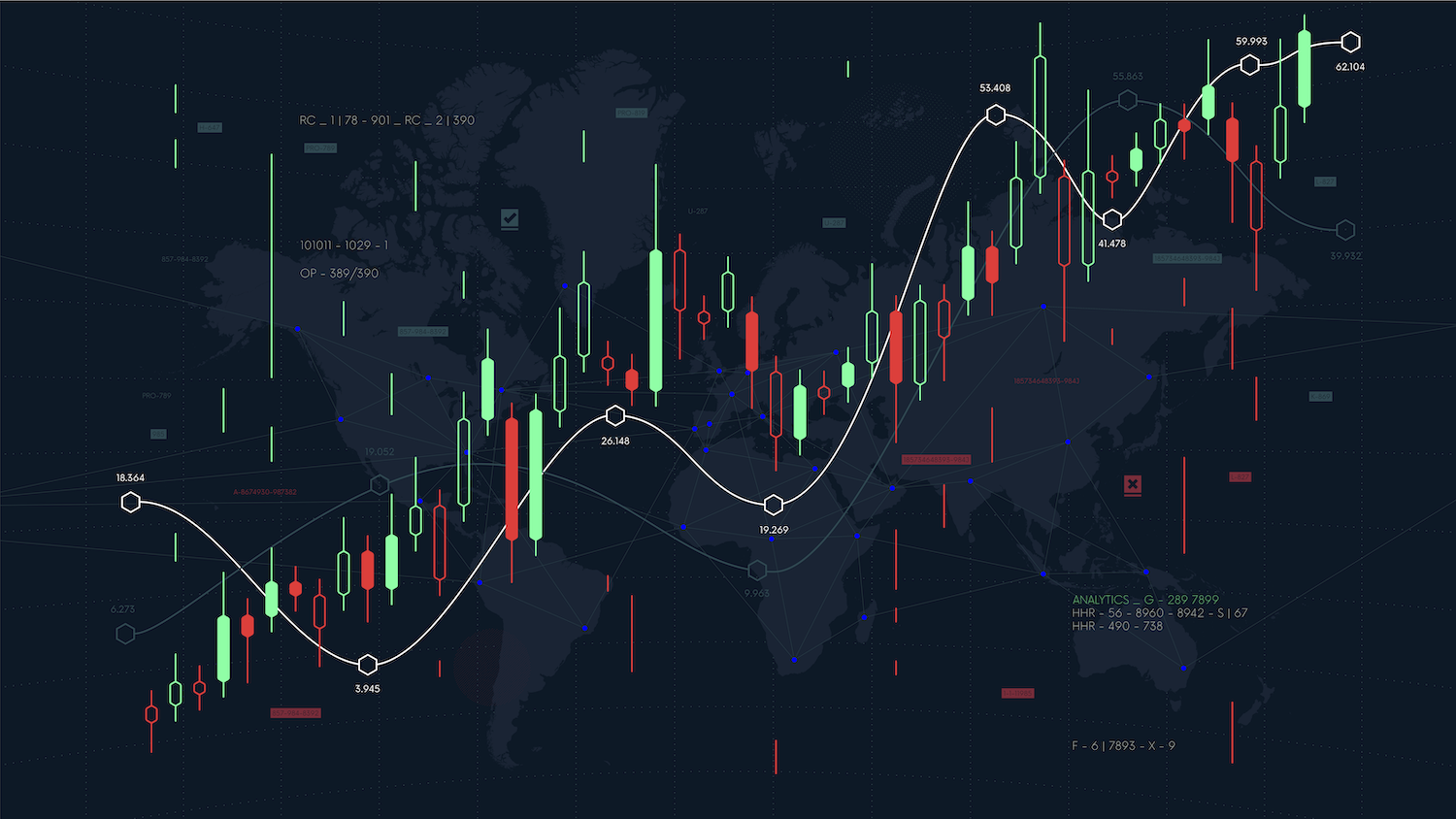Benchmarks play a crucial role in financial markets and asset management specifically, allowing investors to see how they stack up against their peers and making the allocation of capital more seamless and efficient. By far the most commonly used benchmark today is the S&P 500 (usually taking the form of the SPY ETF managed by State Street), which tracks the performance of the 500 largest U.S. companies.
There are similar benchmarks for virtually every asset class and type of strategy — Russell 3000 for a larger pool of U.S. stocks, MSCI ACWI for global equities, or U.S. Treasuries for bonds with varying maturities. Performance against these benchmarks is often used as a short-hand way to determine if an investor is outperforming–or underperforming–the market over a certain time period. Eventually, more capital tends to flow to the best-performing managers and away from the worst-performing managers, thereby achieving a more efficient allocation of capital.
The impact investing industry is still a few steps away from having a globally recognized impact performance benchmark. But there has been significant progress towards a practice benchmark–essentially a way for market participants to determine the extent to which impact investors are aligned with industry best practices for impact management.
This is now possible thanks to growing consensus on what constitutes best practices, largely driven by organizations and standards like the Impact Management Project (IMP), the Operating Principles for Impact Management (Impact Principles), and the SDG Impact Standards. Recognizing the importance of accountability, these standard-setters are also introducing independent assurance requirements, requiring impact investors of all shapes and sizes to find a reputable third-party to review and verify their impact management practices.
These verifications represent a data gold mine. Each new verification reveals interesting data and insights both about the impact investing firm in question but also about the impact investing market as a whole. The more verifications that are completed, the clearer the picture emerges of how many impact investors are following best practices versus which ones may be engaged in impact-washing.
Introducing the BlueMark Practice Benchmark
BlueMark was founded in January 2020 to meet the market demand for expert, third-party verification services that was created by the introduction of the Impact Principles. Each year, we publish a report with aggregated findings from the verifications we have completed to date.
In our second annual ‘Making the Mark’ report, we took the results of 30 impact verifications against alignment with the Impact Principles to create the BlueMark Practice Benchmark, a first-of-its-kind tool designed to root out impact-washing and help market participants readily differentiate between Practice Leaders and Practice Learners. This Benchmark is composed of three distinct categories.
- Practice Leaders – Practice Leaders represent the top quartile of our sample (75th percentile and above). These standard-bearers implement all of the core elements of impact management, as well as several leading-edge practices that may go above and beyond the requirements of the Impact Principles, though they often still have discrete areas for improvement.
- Practice Median – The Practice Median reflects the impact management practices of the median impact investor in our sample (50th percentile). Investors at the Practice Median implement many of the core elements of impact management, but also have significant room for development.
- Practice Learners – Practice Learners are in the bottom quartile of our sample (25th percentile and below). These investors may have good intentions, but they lack many core impact management practices to generate positive impact. Many are early in their impact investing journeys, while others have yet to embed impact considerations at key stages of the investment process.
By categorizing impact management practices in this way, we have created a tool for impact investors to benchmark themselves against their peers. Our hope is that the Benchmark motivates Practice Learners to improve and Practice Leaders to continue innovating and further raising the bar for best practice. What it takes to become a Practice Leader will change over time as new practices and standards emerge, driving a race towards ever better management of impact investing practices.
Caption: This chart shows the aggregated ratings of investor alignment with the Impact Principles based on BlueMark’s first 30 verifications. The chart is divided up into three distinct categories–Practice Leaders, Practice Median, and Practice Learners–creating a mechanism that impact investors can use to benchmark themselves against their peers and to learn from others in the market.
Just as financial benchmarks have helped bring more transparency and accountability to different strategies and asset classes, thereby unlocking institutional capital flows, we believe an impact practice benchmark is essential to the continued institutionalization and maturation of the impact investing market. And as the impact verification market grows from dozens of independent verifications to hundreds or even thousands of verifications, the more data we will have that can be used to differentiate between the many investors now investing for impact.
Christina Leijonhufvud is the CEO of BlueMark, Tideline’s new verification business. She manages all aspects of business strategy, new product development, and external relations, and has directly led 30+ impact verification assignments across investor types and asset classes.











